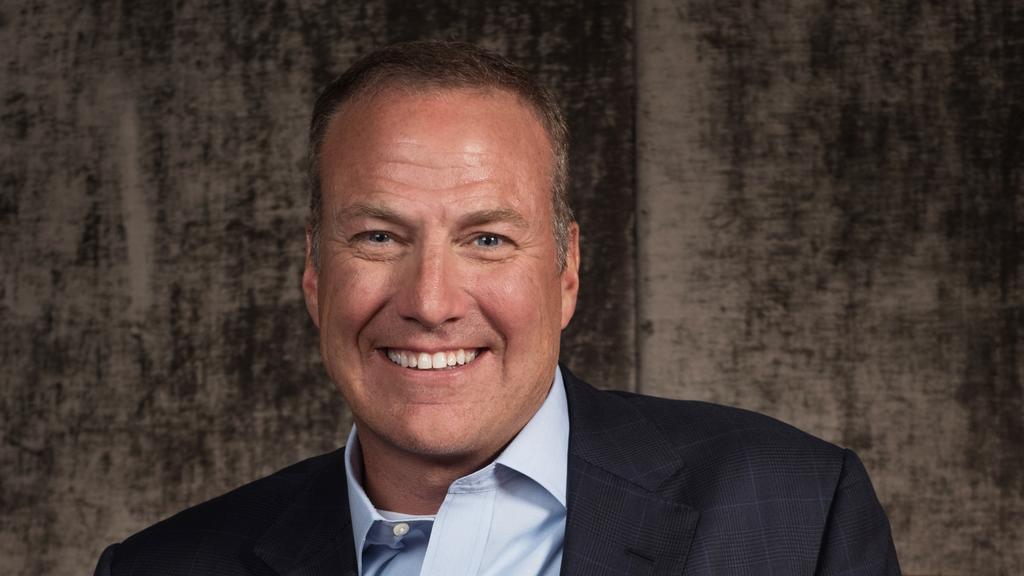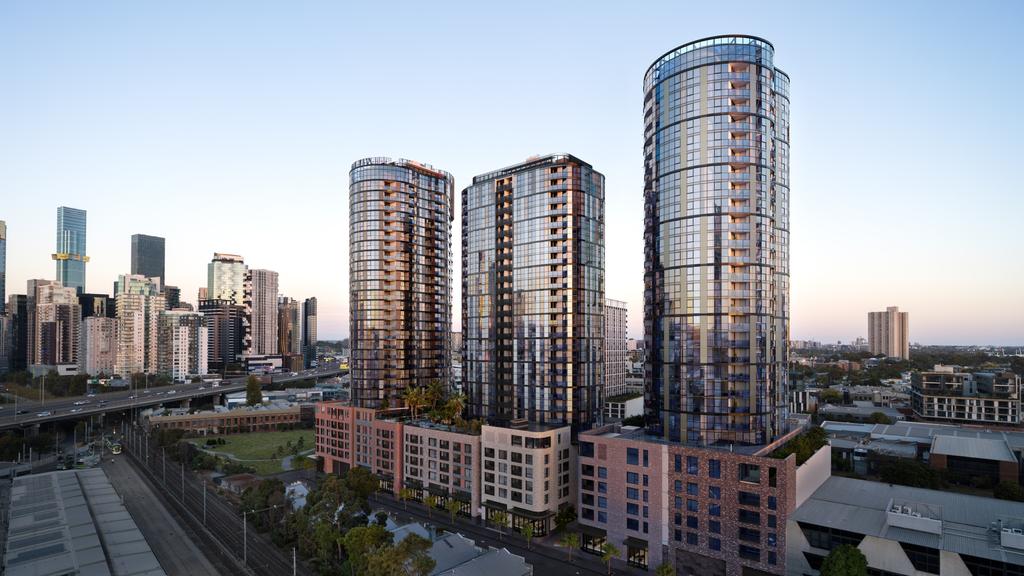Greystar believes build-to-rent can help solve the housing crisis

Bob Faith, is founder, chairman, and chief executive of Greystar.
Build-to-rent pioneer Bob Faith believes Australia is poised for a burst of growth in the sector as the population rises and a new breed of renter demands better apartments.
The US industry legend, who founded the Greystar operation just over three decades ago and built it into a colossus spanning rental housing, logistics, and life sciences real estate, is bullish about the growth of the living sector globally.
Headquartered in Charleston, South Carolina, Greystar manages and operates nearly $US315bn ($485.14bn) of real estate in about 250 markets globally, and Mr Faith recently toured Asian markets where the US election result was a hot topic.
But here, Greystar’s focus is on making long-awaited strides in the build-to-rent market, with the opening of its first facility in Melbourne coming amid a stepping up of the rollout of its national pipeline along the east coast.
At the same time, the company flagged that it would enter student accommodation locally and keep up its expansion in logistics property.
In Melbourne, Greystar just officially opened its doors to residents at its first build-to-rent project, The Gladstone. It is one of the country’s largest so far, with the $500m facility in South Melbourne including 700 rental units.

Greystar has opened its first build-to-rent project, The Gladstone, in South Melbourne.
Greystar already has more sites getting under way, including in Melbourne’s Collingwood and Sydney’s Zetland. But the rise of build-to-rent is a far broader phenomenon.
Mr Faith said common themes were playing out globally.
“The bottom line is there is a fundamental shortage of housing in all the great cities of the world,” he said.
This was overlaid locally by strong immigration and difficulties in building enough supply, which he said “creates a really big opportunity” in housing.
With a breakthrough in the political logjam that held up the passing of laws on the tax treatment finally coming this week, developers are confident about their projects.
Mr Faith points to longer-term influences from inviting in more institutional capital, which he said could allow for the building of more supply at a time when the market was crying out for homes.
“It’s such a shortage of this type of product in Australia,” he said, alluding to the early difficulties of getting international capital accepted to help address the problem.
Now there is more understanding.
“I think at the end of the day, both parties understand that it’s fundamentally a supply problem,” he said, with the need to then encourage capital into the market.
Ahead of the changes, Mr Faith said that capital could require higher returns to account for the tax burden. But he was bold about the market, and said a “large amount of capital would be very interested in investing in Australia”.
Mr Faith said that Greystar would finish more build-to-rent complexes next year and would look to lease them up and then reap stabilised returns.
He also pointed to the potential for growth in student accommodation, where Greystar had been linked to a play for Singaporean fund GIC’s $1.6bn local business.
Mr Faith did not address the move but said that in other parts of the world where there was an institutionally owned student housing sector, Greystar was a force.
“We’re usually very large players in the student housing sector as well,” he said. “And that is something that we plan to be in Australia as well.”
The company’s northern hemisphere facilities could work well with having exposure in Australia, he said.
Mr Faith said there was a lot of interest in student housing in Australia and so “I would expect to see us become a bigger player”.
He said that in Britain, Greystar had built up a large student housing business more quickly as there was existing product on the ground. By contrast, build-to-rent here had taken longer as it required development, though it could take off as more superannuation funds got involved.
Mr Faith said that cities would not be changed by the new towers, but there would be more appropriate kinds of housing.
“This is just better providing for that huge part of the population that’s 20 to 35 years old,” he said. “And then that takes the pressure off the for sale product and then that opens up product there for people to be able to own.”
Mr Faith argued that the institutions that were active in the sector were not speculators, but they were keen to reap the long-term cash flows. He said yields were superior to those on individual assets due to the economies of scale.
And he believed that as the build-to-rent concept took hold in Australia, more people would benefit.
“If you think of the market, it’s a bell curve,” he said. “The vast majority of the people are in the middle-income part.”
While the first products to come out of the ground were premium complexes, he expected the sector to serve all levels.
“If you’re really trying to solve the housing problem, you’ve got to hit that fattest part of the market in some way.”







